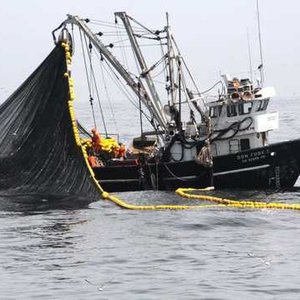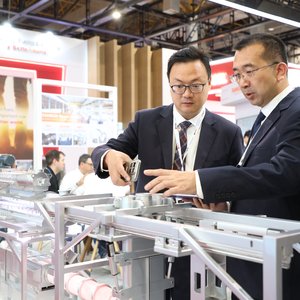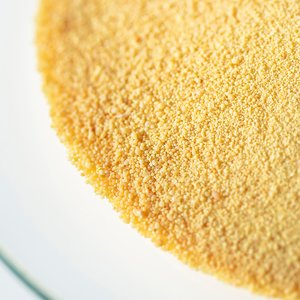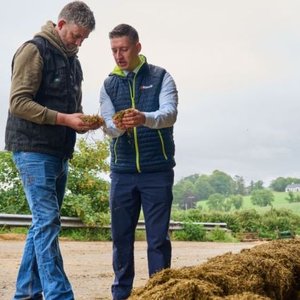In their latest quarterly aquaculture newsletter, Alltech\'s chief innovations officer, Aiden Connolly identified eight digital technologies that are disrupting aquaculture. Among them are robots, drones, and sensors for smarter, more sustainable aquaculture.
The future of fish farming could very well lie in giant, autonomous roaming robotic cages, called aquapods, such as the SeaStation by InnovaSea. While these impressive cages might seem costly when compared to other costs of aquaculture, the technology is likely to prove its efficiencies against stationary fish farms, particularly as demand for protein from fish sources increases.
Similar in many ways to robots, drones also offer applications for aquaculture both above and below the water. Drones can be utilized for monitoring offshore fish farms, for example, and can take on any number of tasks that currently require specialized and expensive human intervention, such as inspecting underwater cages for damage or holes.
Many of the drones and robots mentioned above use sensors to navigate underwater and collect data such as water pH, salinity, oxygen levels, turbidity and pollutants.
From salmon to oysters, biosensors such as those created by Sense-T are helping to create efficiencies in the industry through the analysis of oxygen levels and water temperature; even heart rate and metabolism can be measured. Shrimp farms in India are using Sensorex to monitor dissolved oxygen levels and balance pH to create an ideal atmosphere for improved shrimp efficiencies and yields.
One of the more interesting technologies is that of eFishery, which uses sensors to detect the hunger level of the fish and feed them accordingly. It can be used in any size farm and can reduce feed costs by up to 21 percent.
Learn more about the digital technologies that are disrupting aquaculture.










